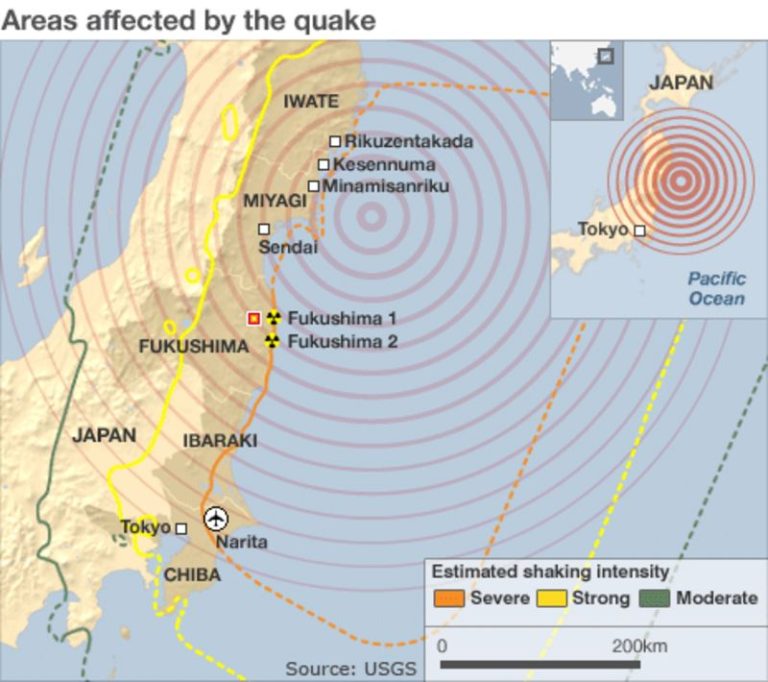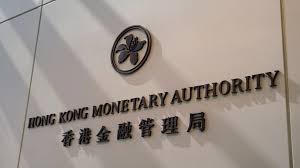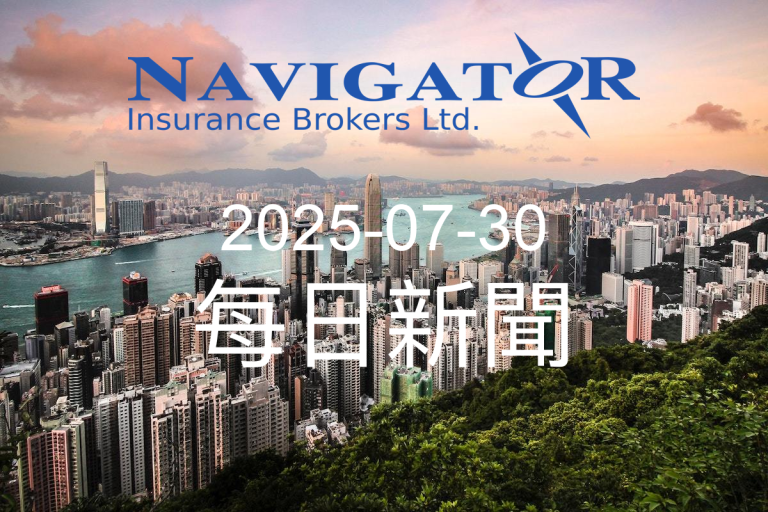The digital finance landscape is witnessing a significant transformation as the Hong Kong Monetary Authority (HKMA) prepares to implement rigorous regulations for stablecoin issuers. With the new stablecoin law expected to take effect in August, the financial hub is positioning itself at the forefront of responsible cryptocurrency governance.

The explosive growth of stablecoins has caught the attention of financial regulators worldwide, and Hong Kong is no exception. According to HKMA’s chief executive Eddie Yue Wai-man, the market has experienced a remarkable expansion, surging from US$20 billion in 2020 to nearly US$250 billion by May 2025. This dramatic increase underscores the urgent need for comprehensive regulatory frameworks.
The upcoming legislation is not about stifling innovation but creating a structured environment for responsible stablecoin development. Specifically, these digital assets are intended to serve targeted purposes, with a primary focus on facilitating cross-border trade. By establishing high entry thresholds, the HKMA aims to ensure that only serious, well-prepared entities can participate in this emerging financial ecosystem.
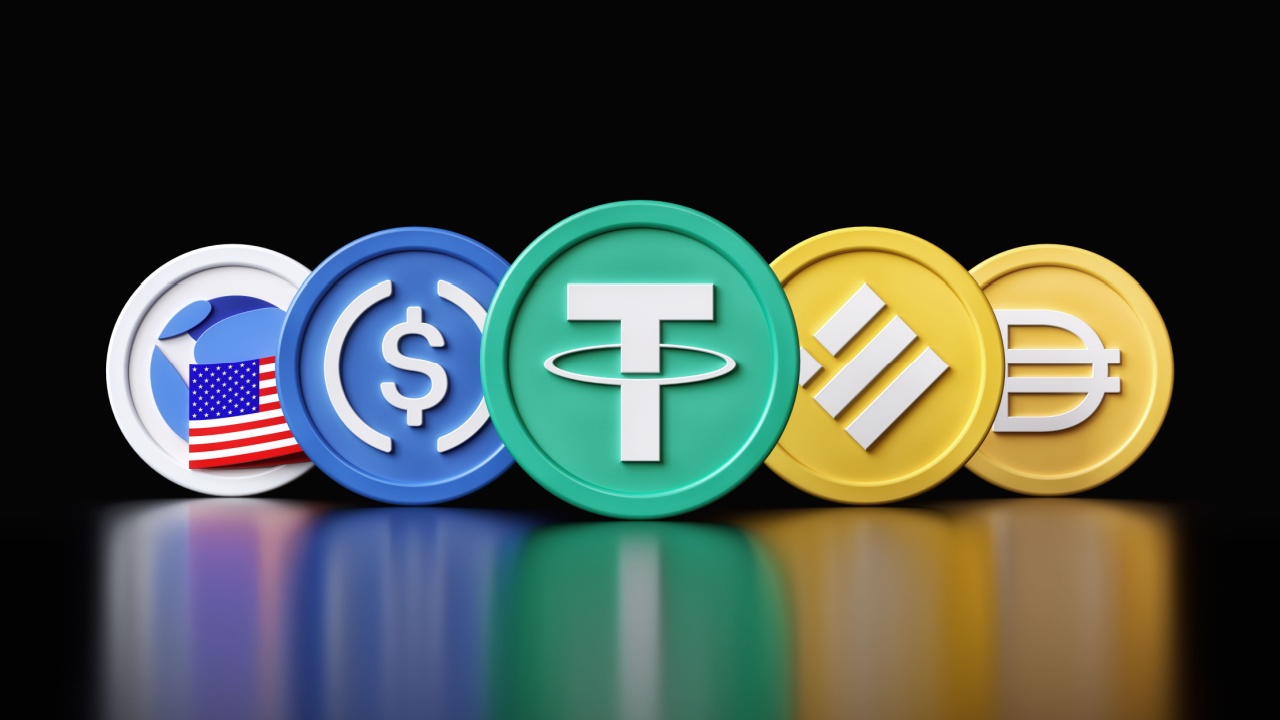
Recognizing the complexity of integrating new financial technologies, the HKMA has simultaneously launched a stablecoin sandbox program. This innovative approach allows industry participants to experiment with various application scenarios and share critical insights. However, participants should understand that sandbox involvement does not automatically translate to licensing. Each participant will still need to submit a separate, rigorous license application in the future.
The regulatory approach reflects a nuanced understanding of stablecoins’ potential. Yue emphasized that these digital assets possess inherent payment attributes, distinguishing them from more speculative cryptocurrency instruments. The proposed framework is designed to promote healthy and sustainable industry development, balancing innovation with robust consumer protection.

One of the most notable aspects of the HKMA’s strategy is its selective licensing approach. With high entry barriers in place, only a limited number of licenses will be issued. This selective method ensures that only the most qualified and responsible stablecoin issuers can operate within Hong Kong’s financial ecosystem.
For industry participants, this represents both a challenge and an opportunity. The stringent standards demand comprehensive preparation, sophisticated technological infrastructure, and a commitment to transparency. Successful applicants will need to demonstrate not just technical capability, but also a deep understanding of financial regulations and risk management.
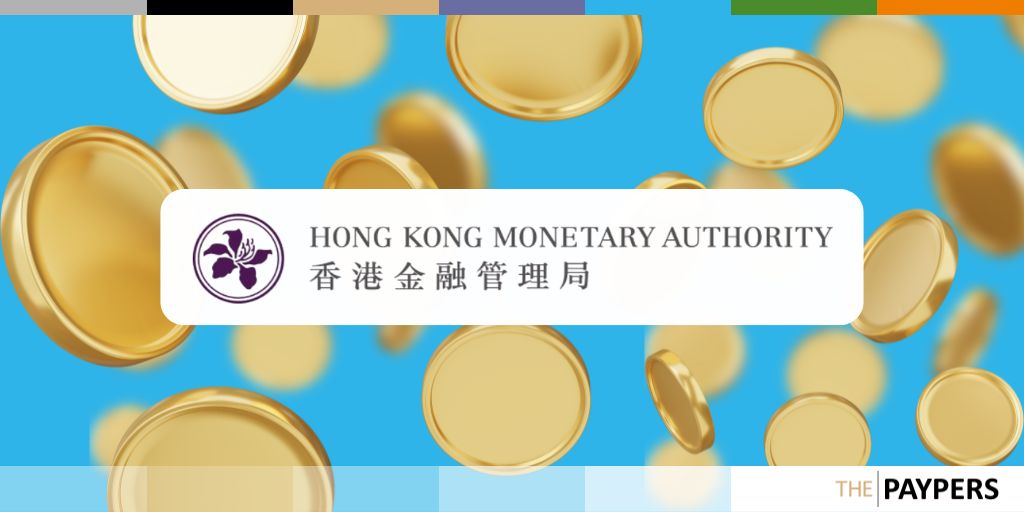
The HKMA’s proactive stance positions Hong Kong as a potential global leader in stablecoin regulation. By creating a clear, structured pathway for stablecoin development, the authority is sending a strong signal about the region’s commitment to responsible financial innovation.
As the August implementation date approaches, stakeholders across the financial technology sector are closely watching these developments. The stablecoin law represents more than just a regulatory update—it’s a blueprint for how emerging digital financial technologies can be integrated into mainstream economic systems with careful, thoughtful governance.
For entrepreneurs, investors, and financial professionals, the message is clear: the future of stablecoins in Hong Kong will be defined by rigorous standards, strategic innovation, and a commitment to creating a secure, transparent digital financial environment.



